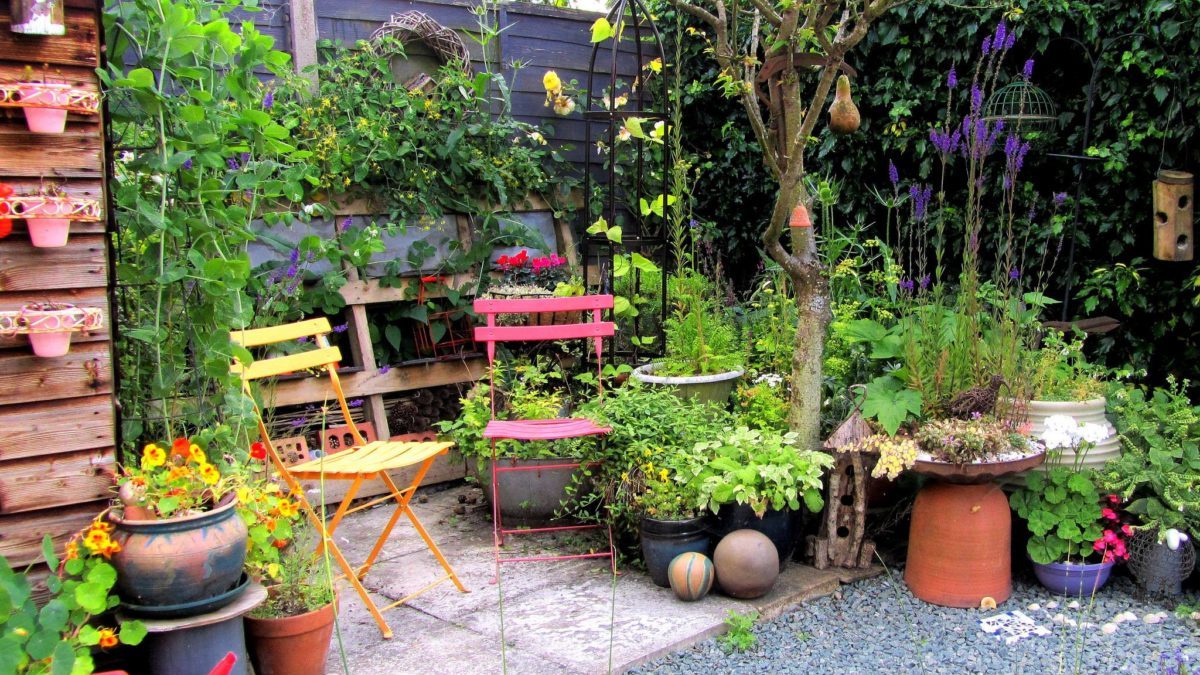How to Turn Your Home Garden into a Pollinator Paradise
Pollinators play a critical role in maintaining ecosystems and ensuring the growth of many plants, including those that produce the fruits, vegetables, and nuts we enjoy daily. By transforming your home garden into a pollinator-friendly haven, you can support these essential creatures while creating a vibrant, thriving outdoor space. Here’s how to do it.
1. Choose the Right Plants
Pollinators like bees, butterflies, and hummingbirds are attracted to specific types of flowers. Opt for native plants that are well-suited to your local environment. Native plants provide nectar and pollen that local pollinators are accustomed to. Include a variety of:
Wildflowers: Such as black-eyed Susans and milkweed.
Herbs: Like lavender, thyme, and mint.
Flowering Shrubs and Trees: Such as dogwoods and cherry blossoms.
Plant a mix of blooms that flower at different times of the year to provide a continuous food source.
2. Avoid Pesticides
Many pesticides harm pollinators directly or contaminate the pollen and nectar they collect. Instead, use natural pest control methods like companion planting or introduce beneficial insects like ladybugs to manage pests without harmful chemicals.
3. Provide Fresh Water
Pollinators need water to thrive. Add a shallow dish or birdbath filled with fresh water. Include stones or floating corks so small creatures have a safe place to land while drinking.
4. Create Shelter
Pollinators require safe spaces to rest and nest. Consider these options:
Bee Hotels: Construct or purchase a bee hotel to support solitary bees.
Brush Piles: Leave a small pile of twigs and leaves in a quiet corner.
Deadwood: Leave logs or tree stumps to decay naturally, providing habitats for certain species.
5. Embrace Diversity
Encourage biodiversity by including a wide variety of plants. Diversity attracts different species of pollinators and helps maintain a balanced ecosystem. Avoid monocultures, which are less attractive to pollinators and can lead to pest outbreaks.
6. Plant in Clusters
Group similar flowers together to make it easier for pollinators to forage efficiently. Large clusters of the same plant are more visible and appealing than scattered individual blooms.
7. Go Organic
Use organic gardening techniques to enrich the soil and support pollinators. Composting, crop rotation, and organic fertilizers promote a healthier environment.
8. Educate and Advocate
Share your pollinator-friendly practices with neighbors and friends. Encourage your community to create pollinator gardens to expand habitats and food sources.
By implementing these steps, you’ll not only create a sanctuary for pollinators but also enhance the beauty and productivity of your garden. A pollinator paradise is a win for nature and your outdoor oasis.


